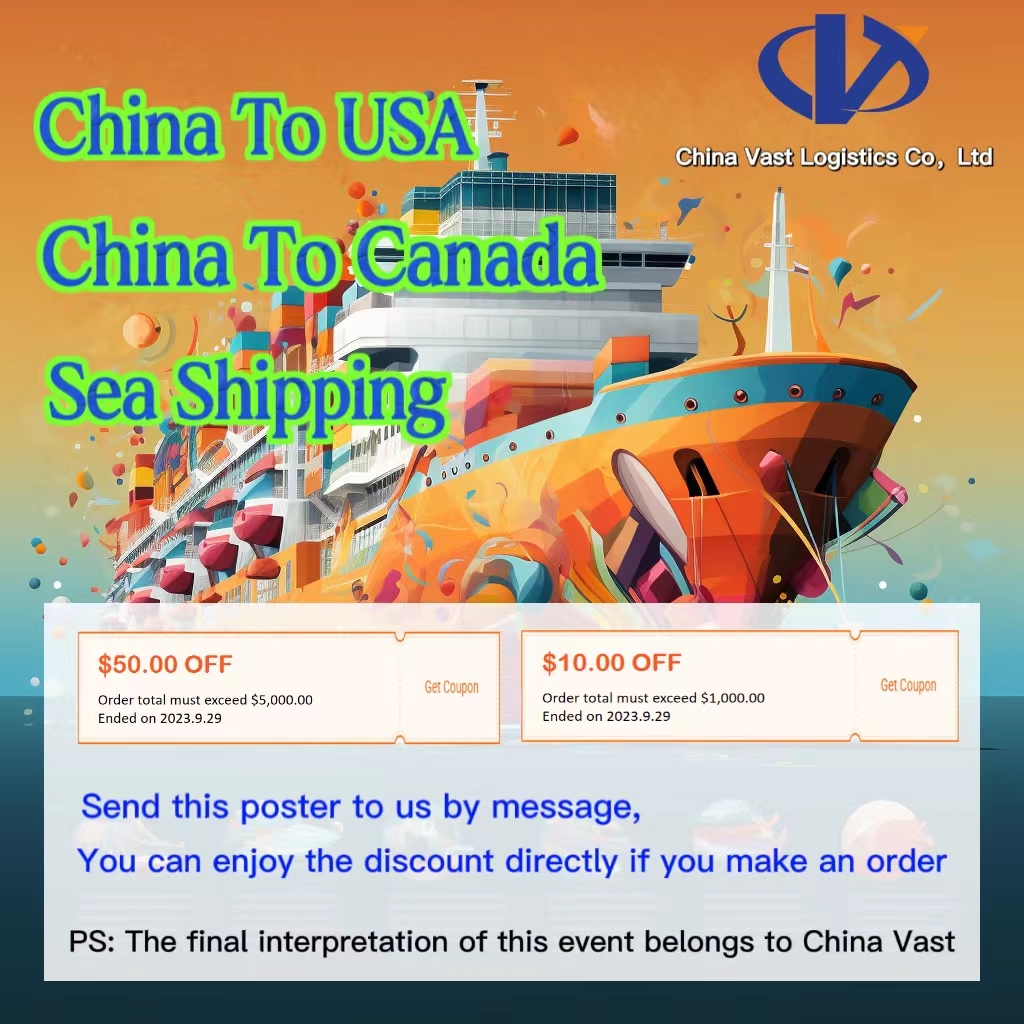Understanding FAK (Freight All Kinds): A Key Pricing Method in International Logistics
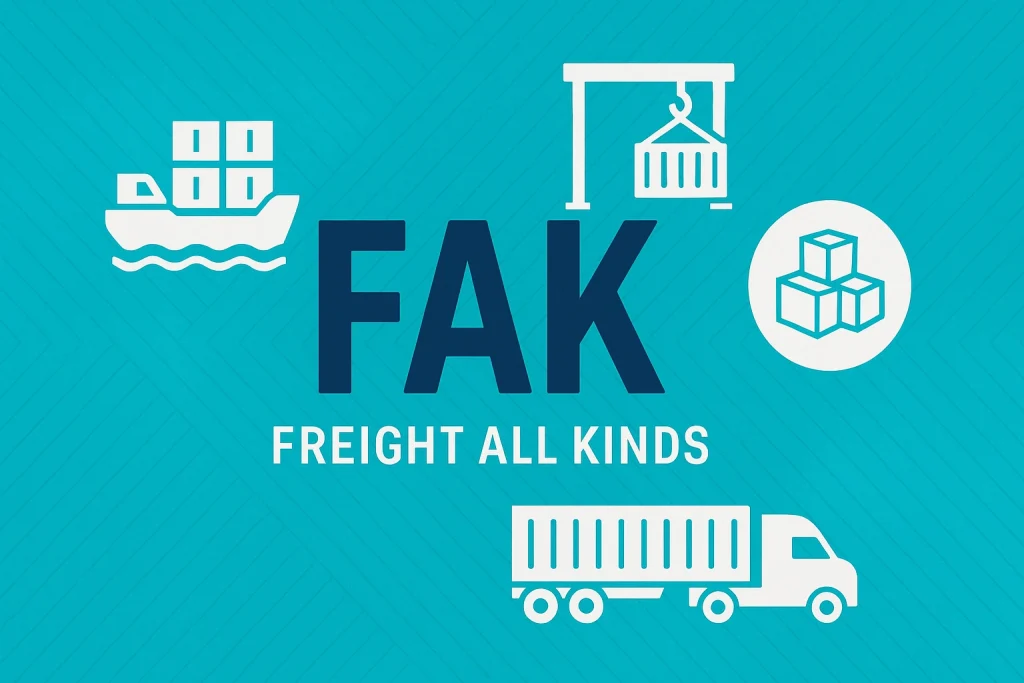
In the field of international logistics, the term FAK (Freight All Kinds) is widely used as a simplified and efficient freight pricing method. It allows different types of cargo to share the same freight rate, streamlining both cost calculation and operational management. As global supply chains become more complex and diverse, understanding how FAK works […]
What’s the Difference Between Inspection and Fumigation for Wooden Products in International Trade?
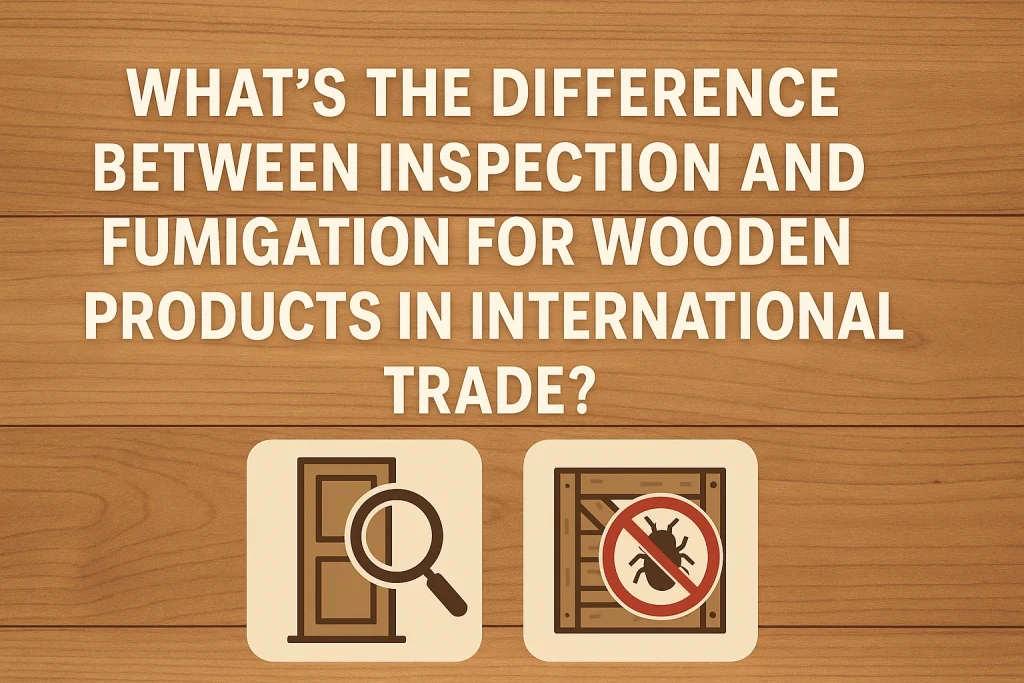
In international trade involving wooden materials, two terms often cause confusion: commodity inspection and fumigation. Although both are related to wood, they serve completely different purposes and apply to different situations. Understanding the distinction is essential for smooth customs clearance and ensuring compliance with international regulations. 1. Different Targets: What Is Being Inspected or Treated? […]
Container Shipping Rate Increase Fades Quickly as Market Weakness Persists Toward Year-End
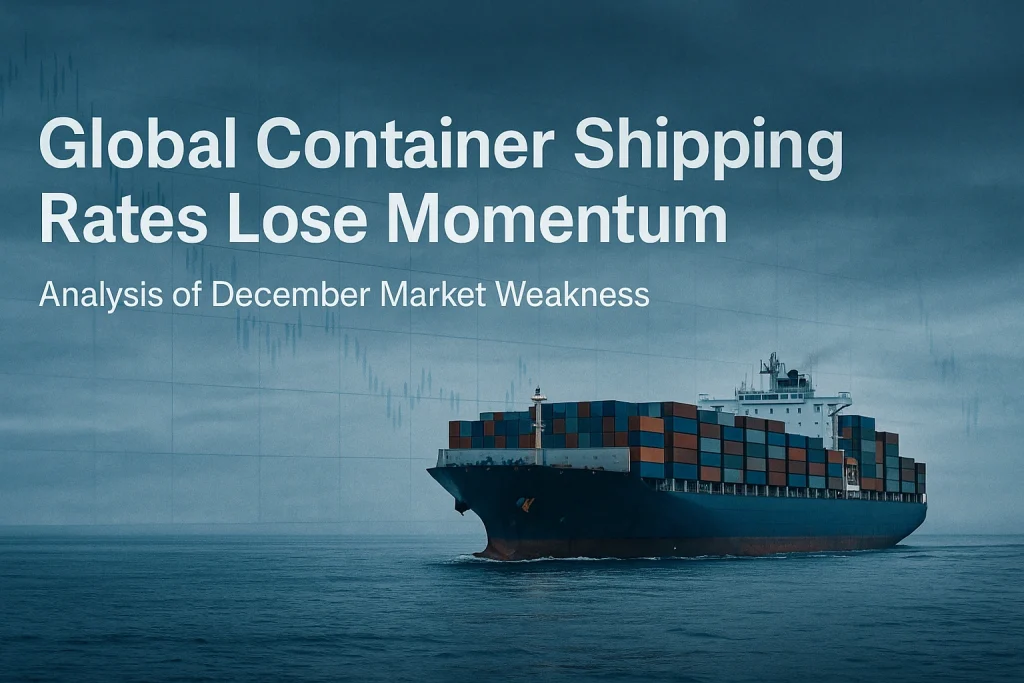
As the Christmas season approaches, market sentiment suggests that it is not an ideal time for container shipping companies to raise freight rates. Shipping alliances had originally planned to implement rate hikes on December 1. However, on the afternoon of December 1, an Asian member of a major shipping alliance unexpectedly announced that it would […]
China Vast Logistics Co., Ltd. Co-creation Workshop Highlights – Nov. 19, 2025
Understanding Ro-Ro Container Ships: Features, Challenges, and Why They Remain a Niche Option
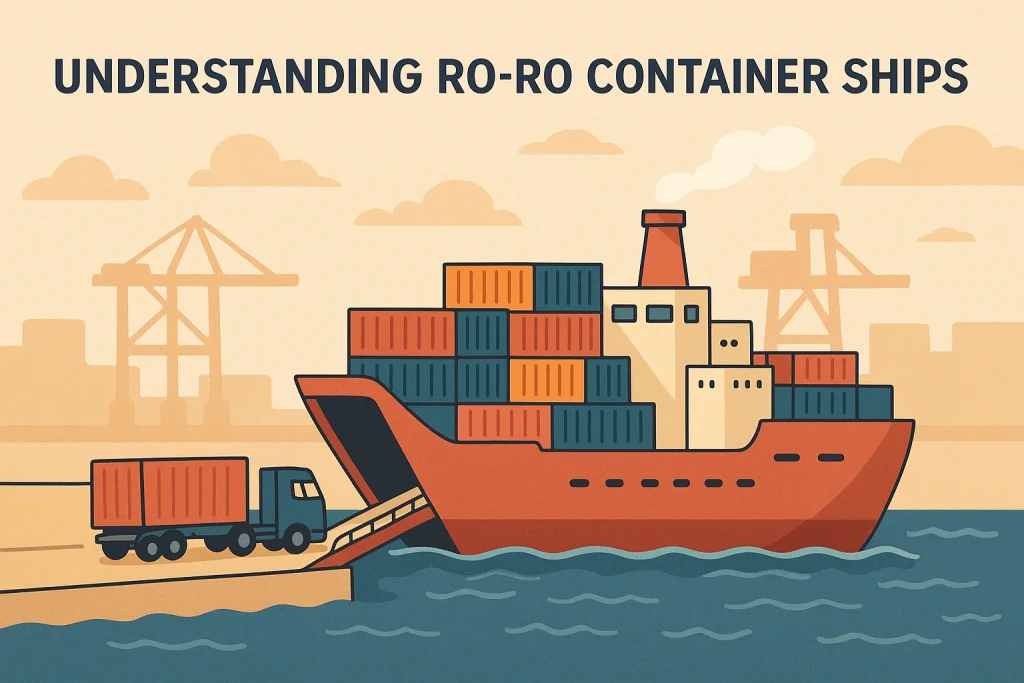
Ro-Ro container ships—also known as Roll-on/Roll-off container vessels—are specialized ships designed for loading and unloading wheeled cargo such as semi-trailers or roll trailers. These vessels use a hinged stern ramp connecting directly to the terminal, enabling tractors or trailers to roll cargo on and off efficiently without reliance on port cranes. What Is a Ro-Ro […]
LA Port Container Ship Fire: Up to 117 Boxes Damaged on ONE Henry Hudson
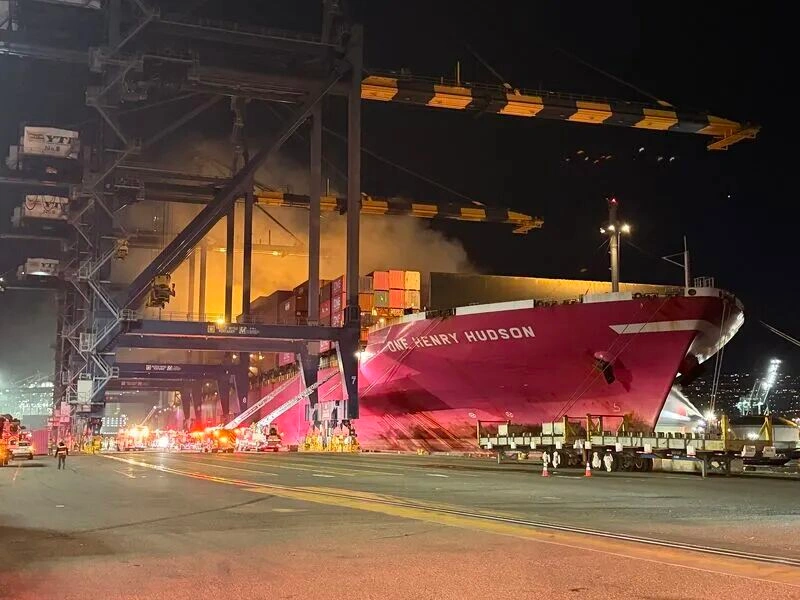
A major fire incident occurred at the Port of Los Angeles last Friday night, November 21, when the container vessel ONE Henry Hudson caught fire and exploded at the Yusen Container Terminal. The incident temporarily disrupted port operations and drew significant attention across the global shipping industry. Fire Contained, No Crew Injuries Reported Fortunately, all […]
Air Freight Terms Explained: 60 Key Concepts You Must Know

Understanding air-freight terminology is crucial for anyone involved in international logistics. Whether you’re a shipper, freight forwarder, or importer, knowing these key terms will help you communicate clearly, avoid misunderstandings, and manage shipments more efficiently. Below is a comprehensive explanation of 60 commonly used professional terms in the air-cargo industry. 60 Essential Air Freight Terms […]
Russian Auto Market Hit by High Taxes: Chinese Car Exports to Russia Plummet by 58%
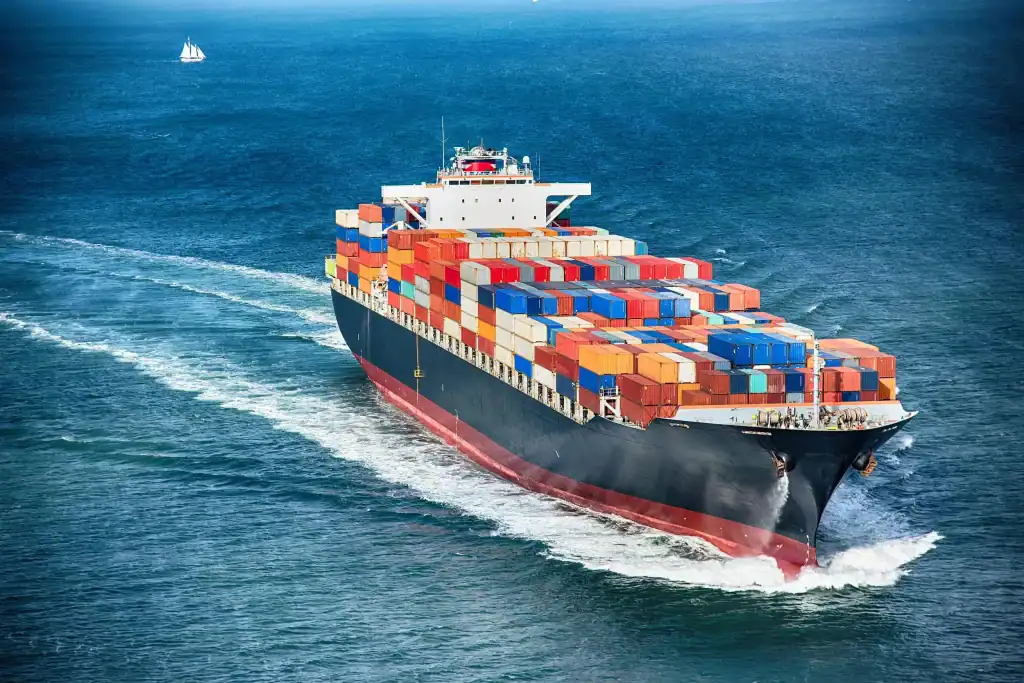
According to the China Passenger Car Association (CPCA), Chinese car exports reached 5.71 million units in the first nine months of 2025, representing a 21% year-on-year increase. Mexico has now become the top destination for Chinese car exports, followed by the UAE, while Russia has fallen to third place. This shift reflects a significant change […]
Trump Announces U.S. Tariff Exemptions on 237 HS Codes Including Agricultural Products, Industrial Materials, and Electronics
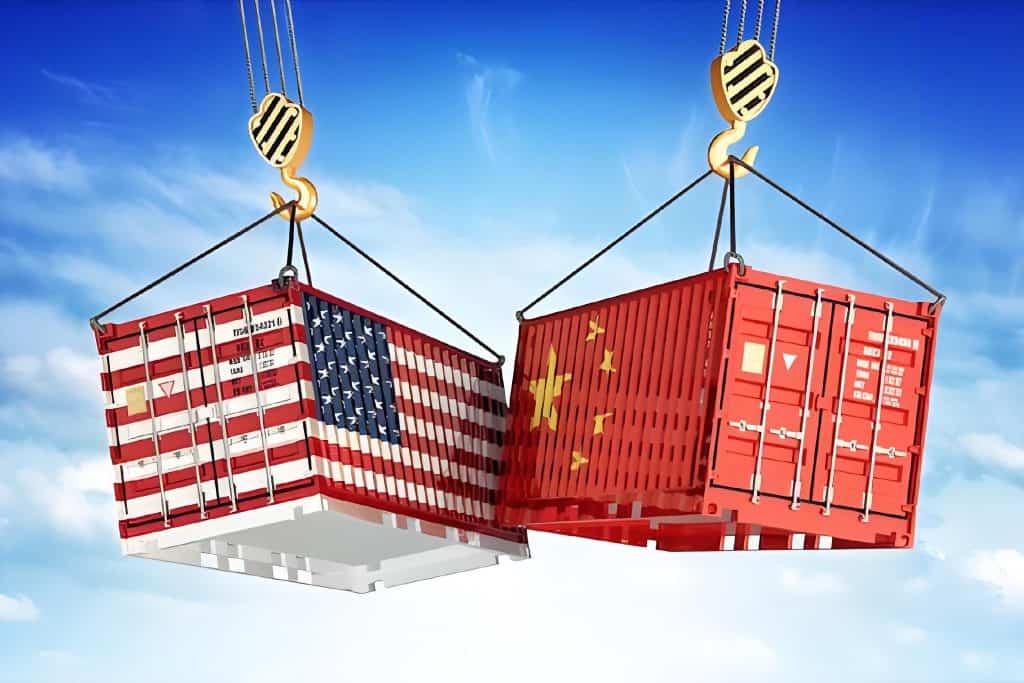
Recently, former President Donald Trump issued an executive order granting exemptions on import tariffs for certain products. In the document, Trump stated that, after comprehensive consideration of information and advice provided by officials, progress in negotiations with trade partners, current domestic demand for specific products, and existing domestic production capacity, he determined it necessary and […]
Essential Shipping and Logistics Tips for Smooth Container Transport
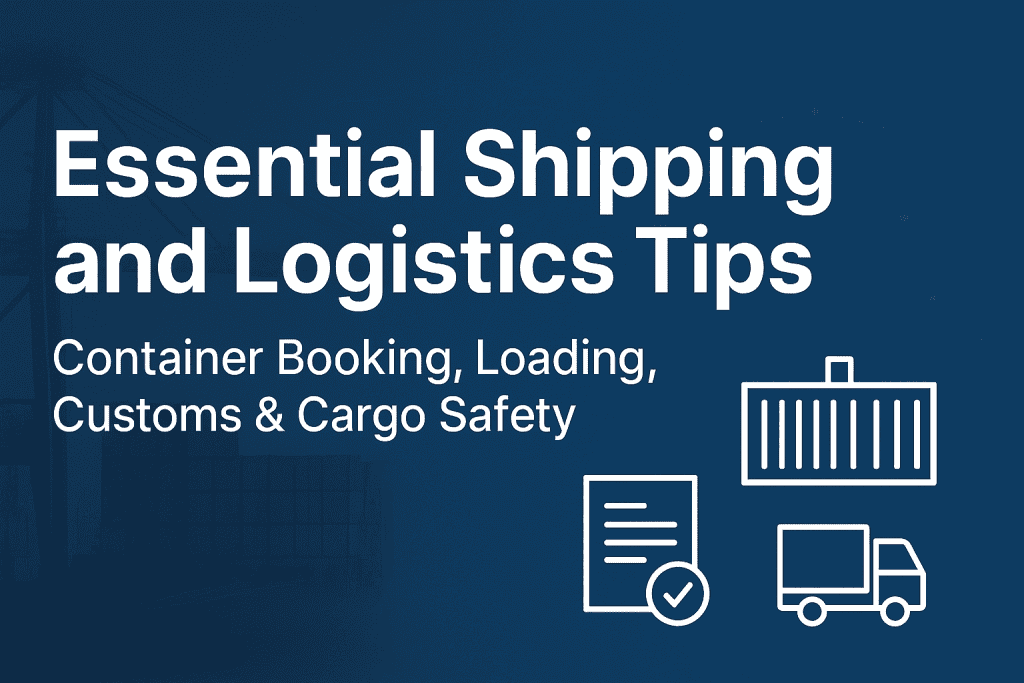
Shipping Booking ConsiderationsThe destination port, sailing schedule, and container type/quantity are the three most essential items and must be accurate. Cargo description, weight, and dimensions are also important, especially for hazardous goods, which require appropriate certification. For refrigerated containers, temperature settings and ventilation requirements must be specified. Additionally, check for overweight or oversized cargo, and […]

